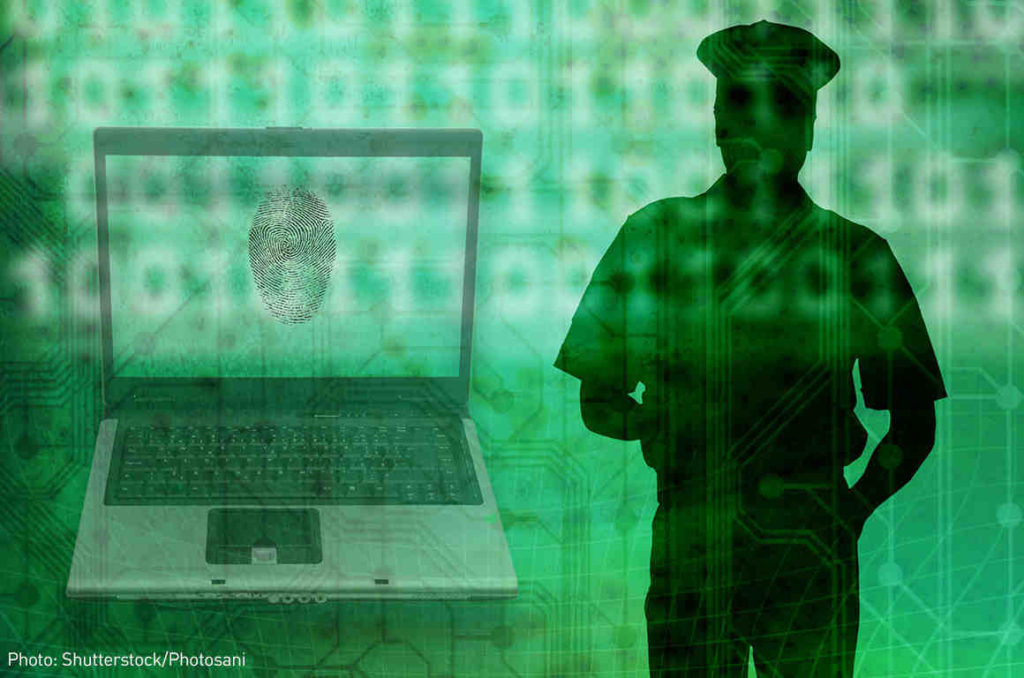Over the past decade, businessmen as well as policymakers have embraced the role of data analytics in driving decision making. This has been promoted even further with the steady advances in machine learning and artificial intelligence technology. This effect has spilled over into law enforcement as well, with predictive policing — usage of data analytics to predict future criminal activity — becoming an important tool. It works by identifying likely individuals or areas as target zones based on past crime data and alerting the authorities to the next potential crime. In theory, law enforcement authorities are able to be more proactive in picking up future crime hotspots, and don’t have to purely rely on reactive measures, hence improving overall outcomes. Countries such as the United States, United Kingdom and the Netherlands are at the forefront of promoting this technology and there is a lot of optimism around its ability to help fight crime.
In India’s case, there is a limitation on the amount of crime data that is stored in a digital format, hence impeding the potential of predictive policing. Having said that, things are changing and there has been a significant uptick in usage within the Indian context. For example, the Delhi police began using Crime Mapping, Analytics and Predictive System (CMAPS) software, aimed at identifying criminal hotspots within the city, as early as 2015. In 2019, the usage of such techniques went national as a part of the Digital Police Portal, introduced under Crime and Criminal Tracking Network and Systems (CCTNS). Over the years, little is known about the net effect of CMAPS, CCTNS or other similar projects used in Indian law enforcement due to the large exceptions these authorities receive under the Right to Information Act.
While we are just at the start of the journey of the usage of predictive policing, there is a lot of hope attached to the success of this tool, especially stemming from the global media. They point towards the fact that existing analytical techniques such as data mining, crime mapping and geospatial analysis can be applied across the board to a wide range of criminal justice problems. To gain an understanding of its practical applications we can look at one of the success stories from predictive policing, the case of random shootings in Richmond, a city in the United States. Every New Year’s Eve, Richmond experienced a statistically significant increase in reports of random gunfire. The authorities studied the data they had collected over the years and were able to anticipate the location, timing and nature of a majority of future incidents. This resulted in a 47% decrease in gunfire over the subsequent three years, saving the department $15,000 and reducing overall crime.
It is clear that predictive policing has a lot of potential and this is evidenced by the instances of success that have been put forth by different police forces around the world. However, it is essential to acknowledge the potential adverse effects of this technology and address the primary drawbacks before integrating it into law enforcement protocol on a larger scale. These models have the potential to skew depictions of society and criminal behaviour as they don’t account for context, often resulting in decision making purely based on correlations without thought given to causality. Furthermore, as with any algorithmic tool relying on big data, there is a likelihood of bias being propagated by the dataset. This is very hard to rectify manually and is an issue that data scientists around the world are struggling with. Apart from these issues, points have been raised on the lack of accountability that might arise by relying on a machine instead of humans for decision making, as well as the ethical concern of violating citizen privacy by using their data to predict crime hotspots. This ethical concern is even more important in countries like India, which do not have an existing surveillance law, raising serious concerns about data governance and privacy.
In the long run, predictive policing is going to form an important part of law enforcement. For it to be able to work up to its complete potential, private and public sector entities need to work on making AI more inclusive by addressing prominent issues of bias. Scaling up its usage also requires comprehensive data protection laws to mitigate the risk of mass surveillance. Furthermore, there needs to be an acknowledgment that these technologies cannot work in isolation of human intervention and hence be designed in a manner that they act as supporting technological interventions, maintaining a system of accountability while boosting efforts to reduce crime.
Gautam Kathuria is a Research and Engagement Associate at The Dilaogue.
